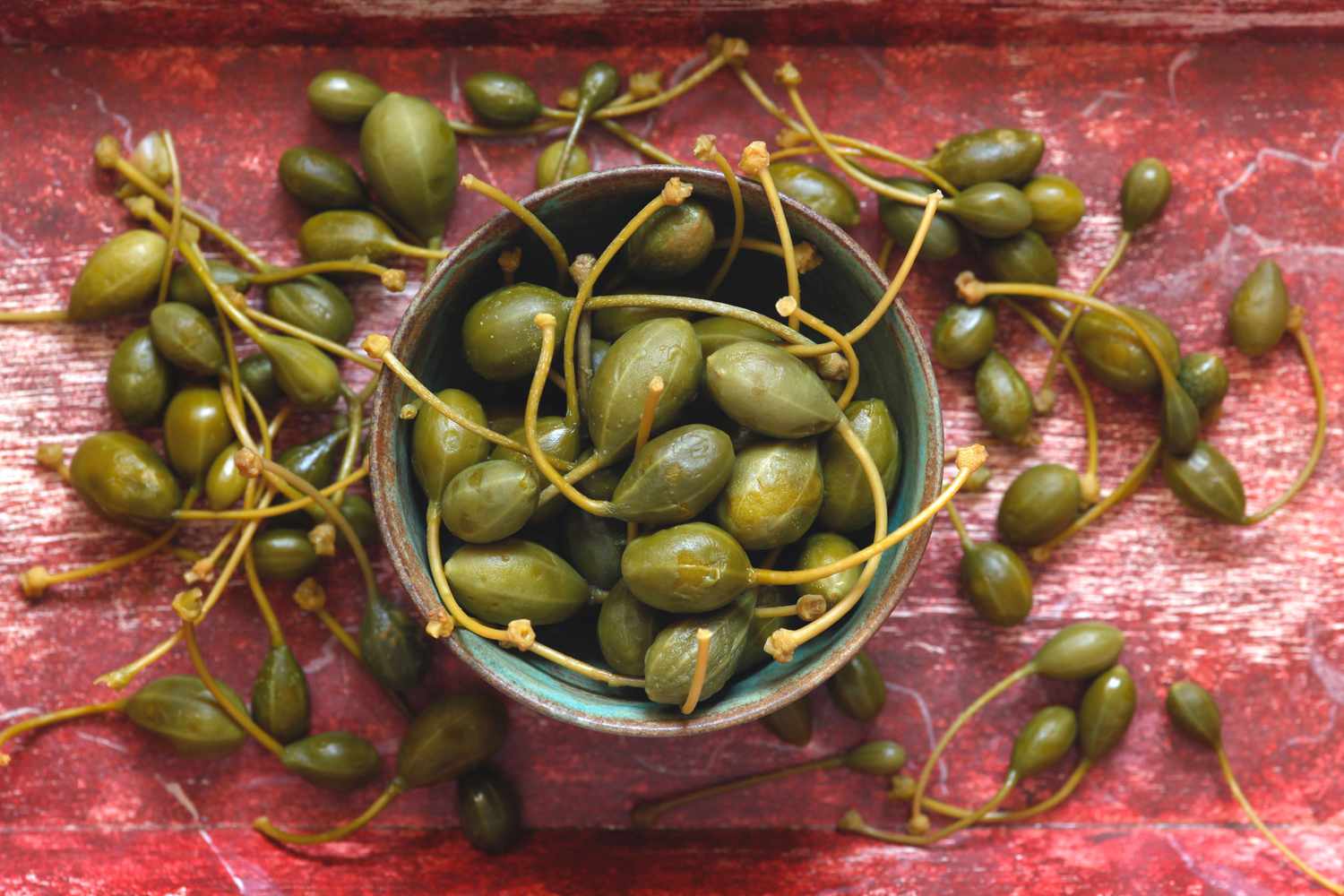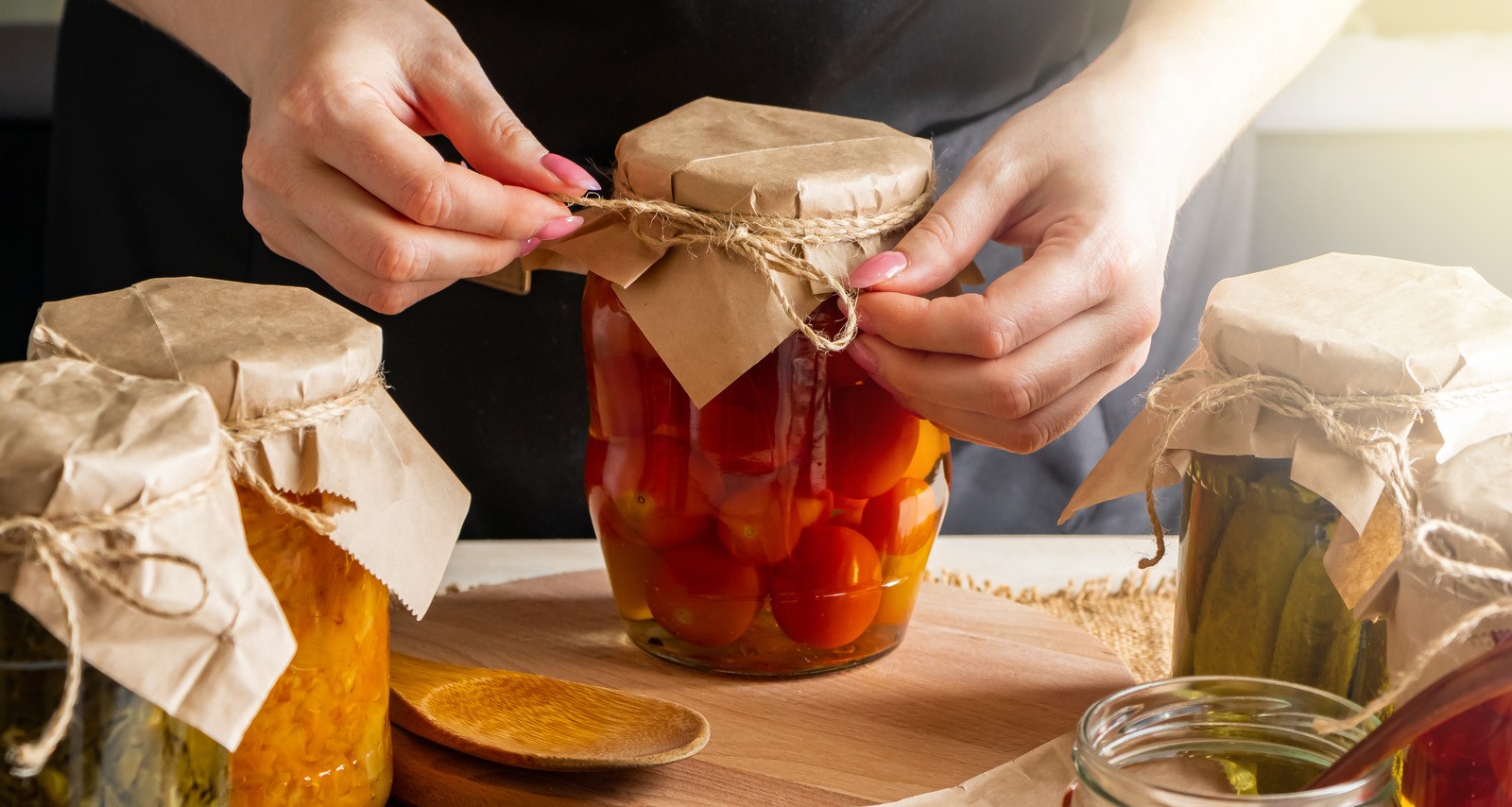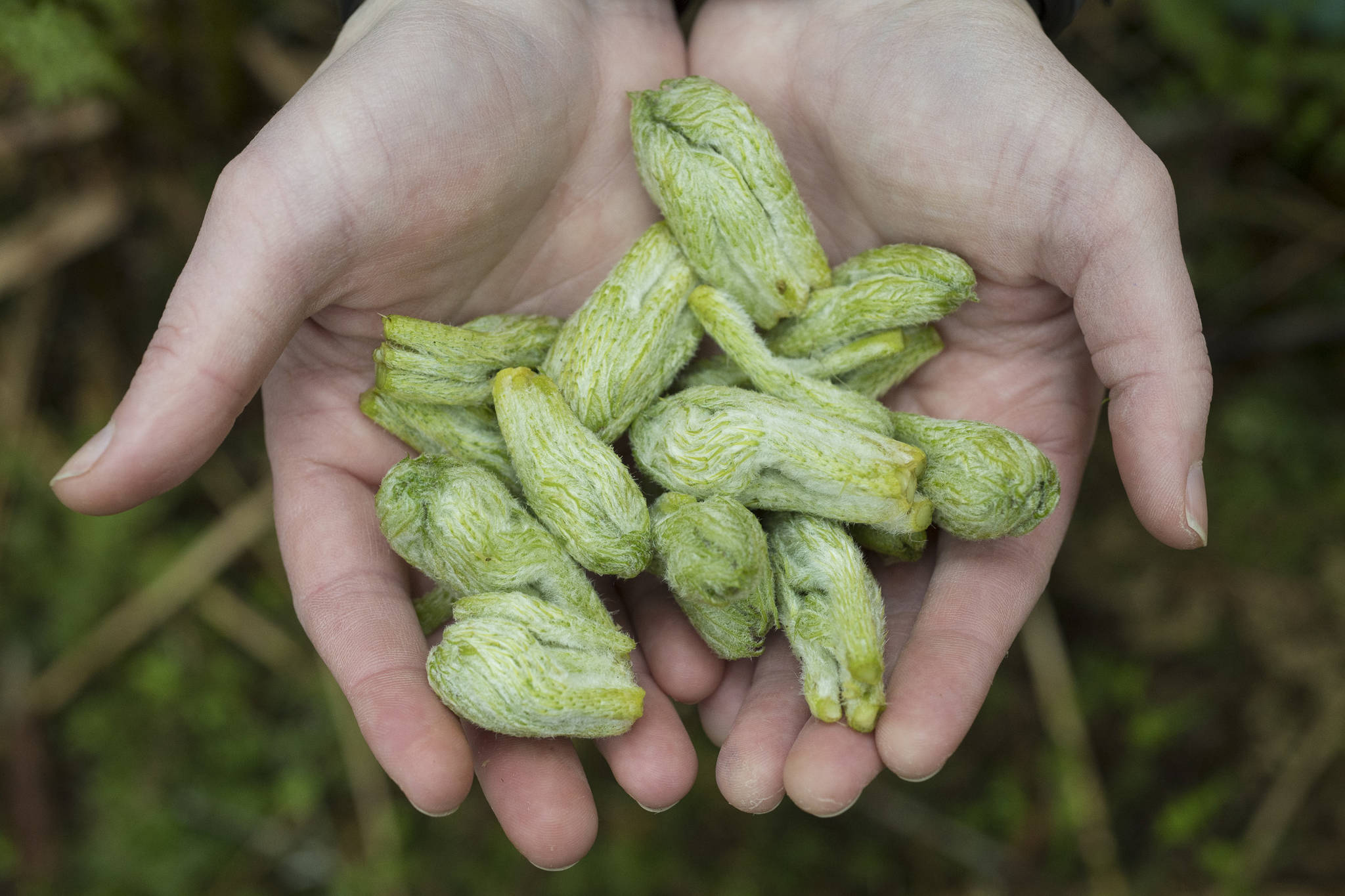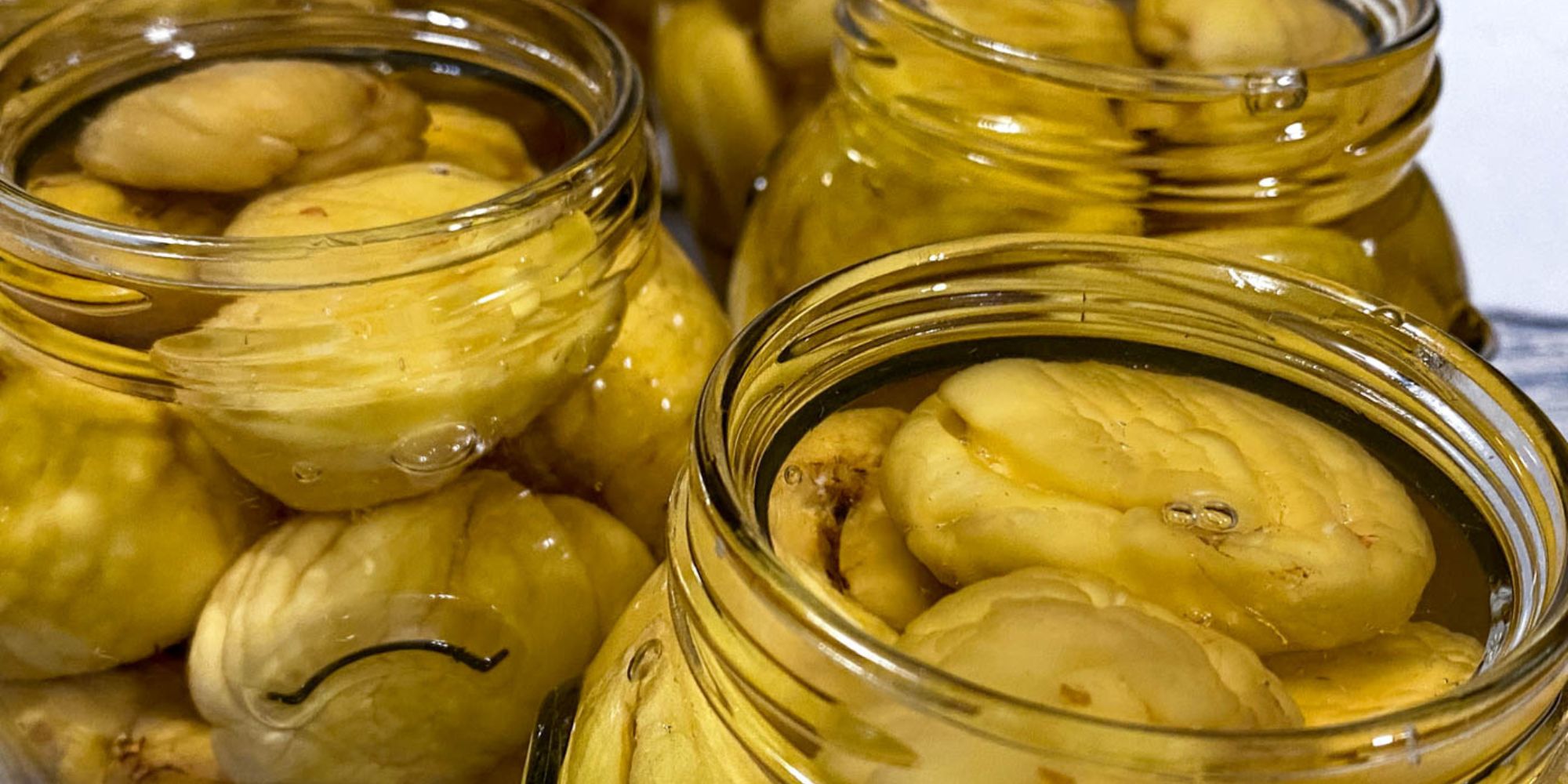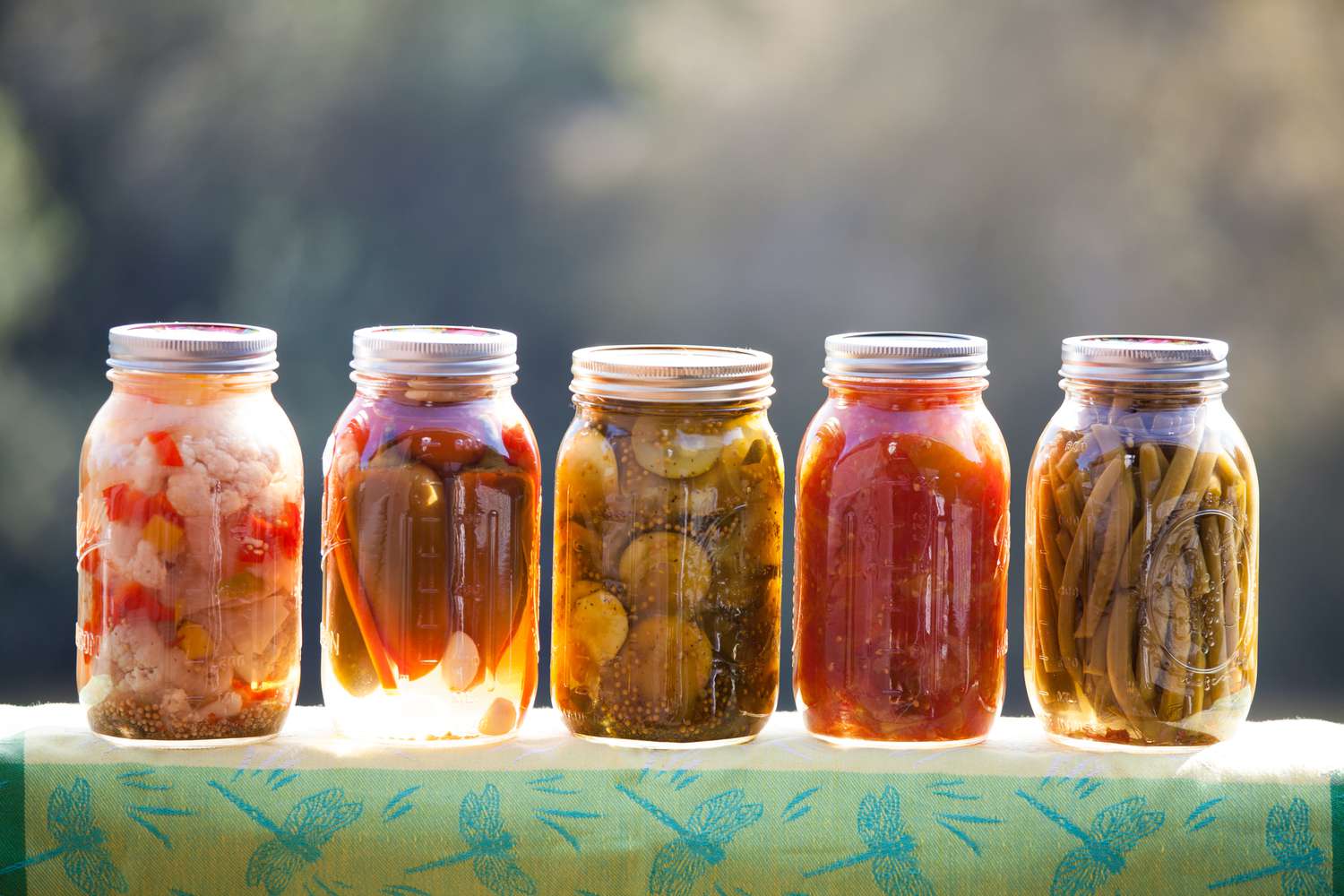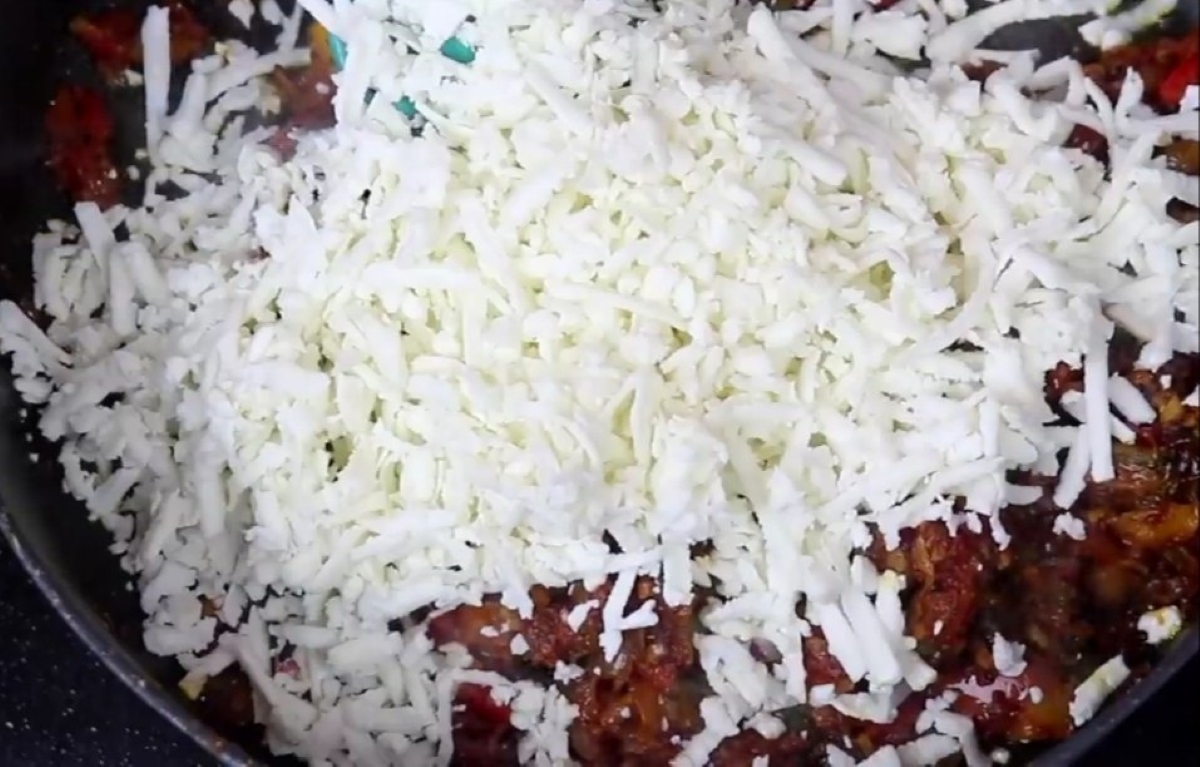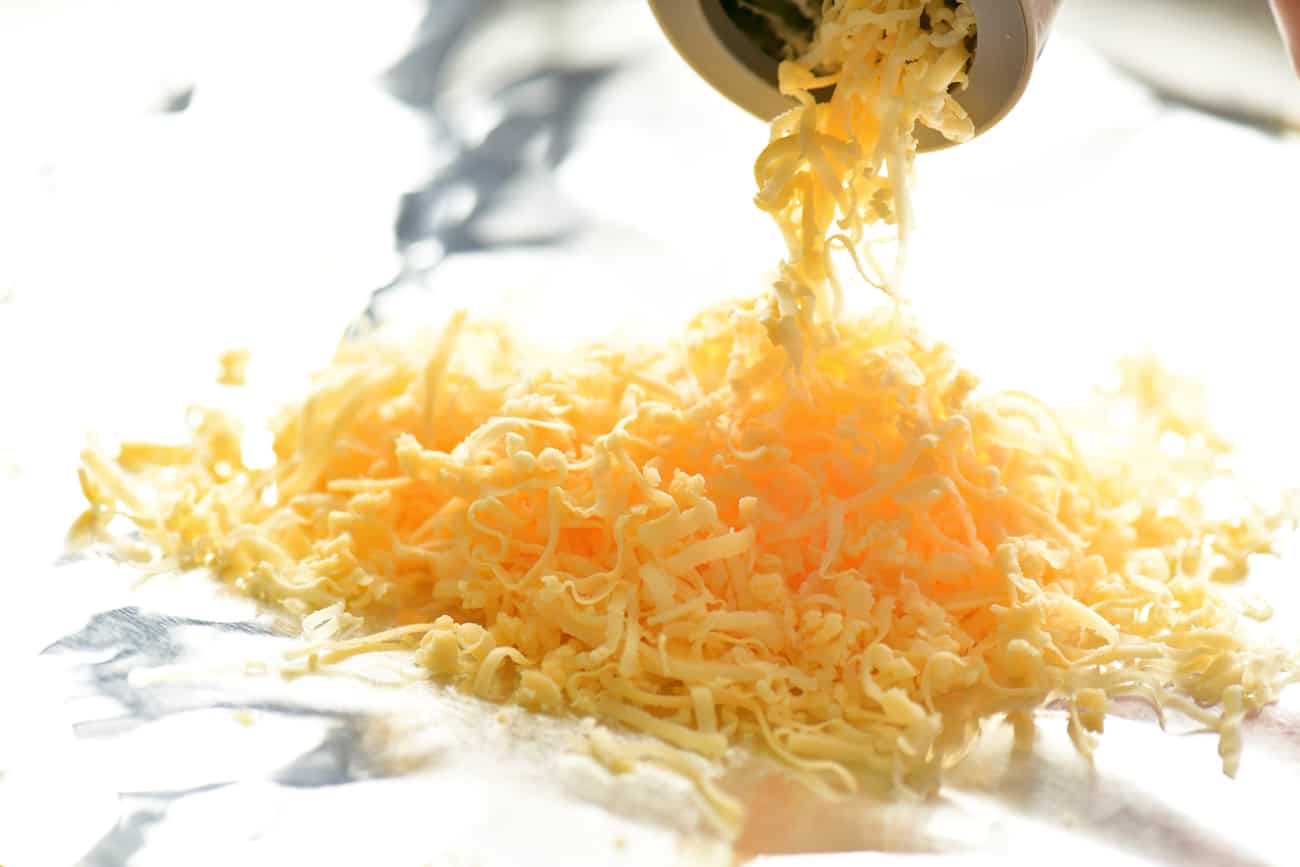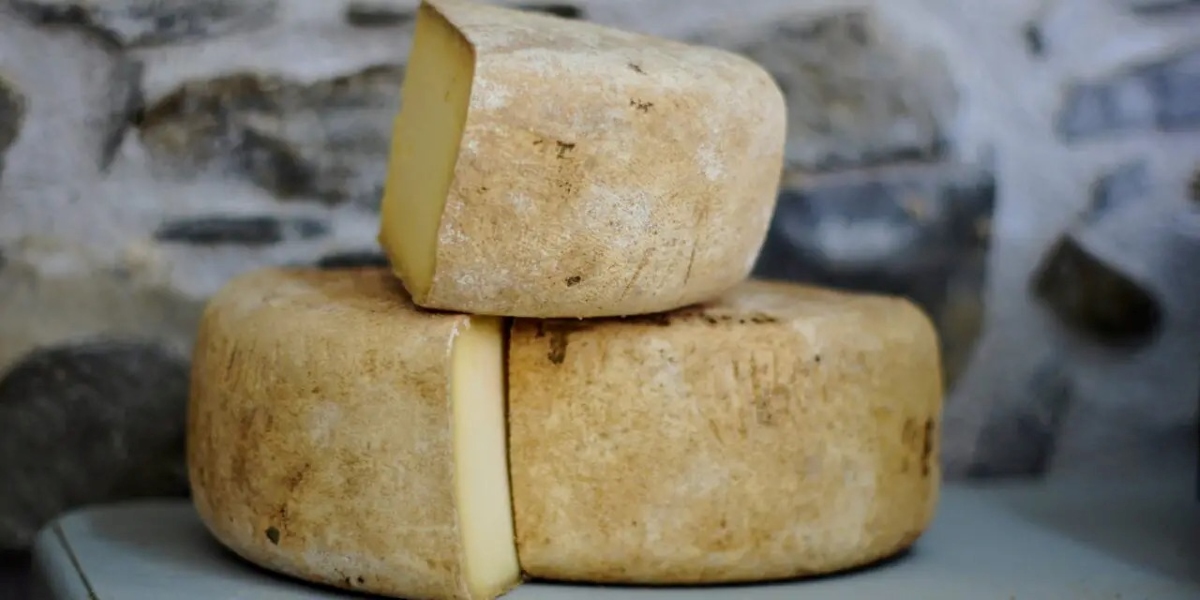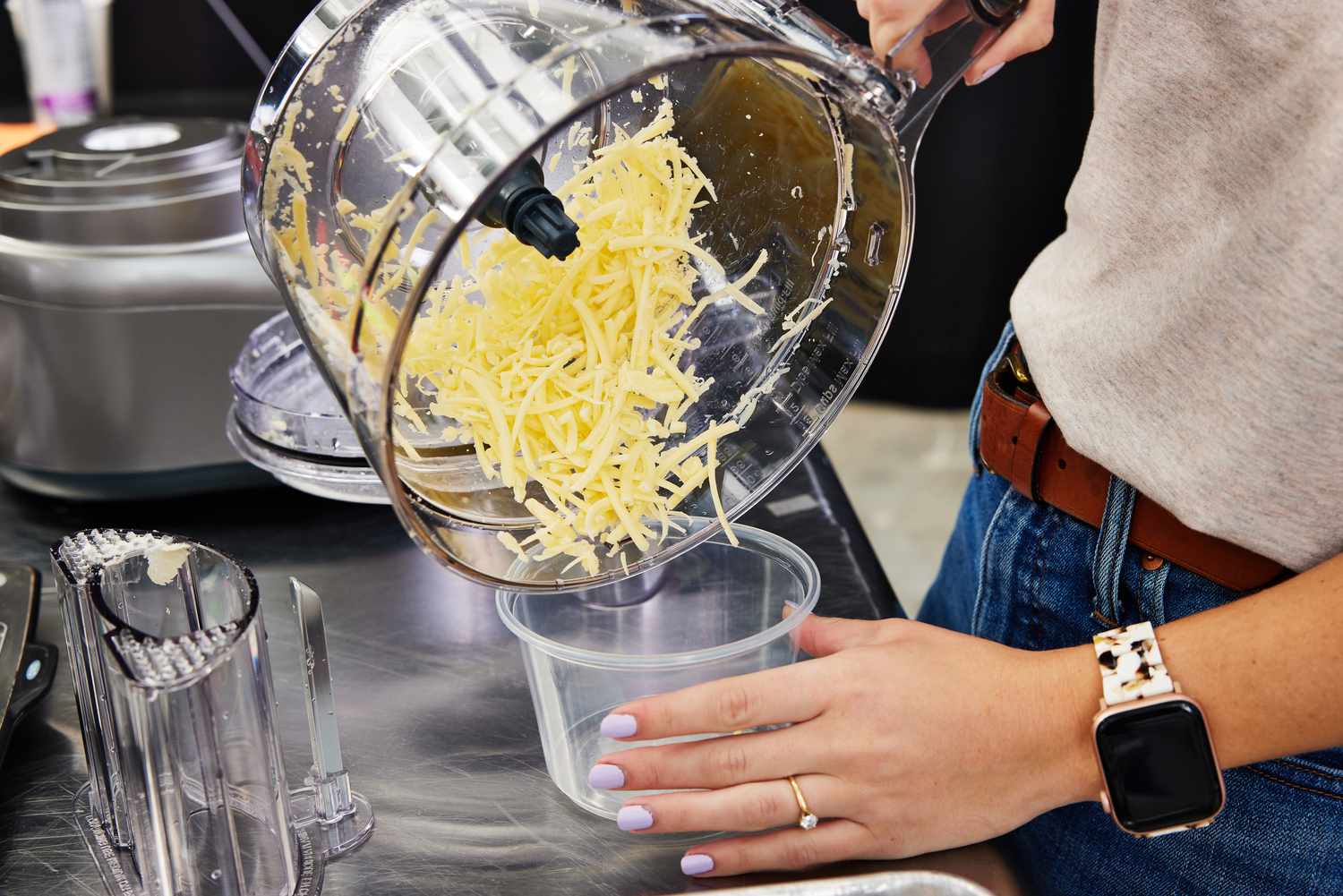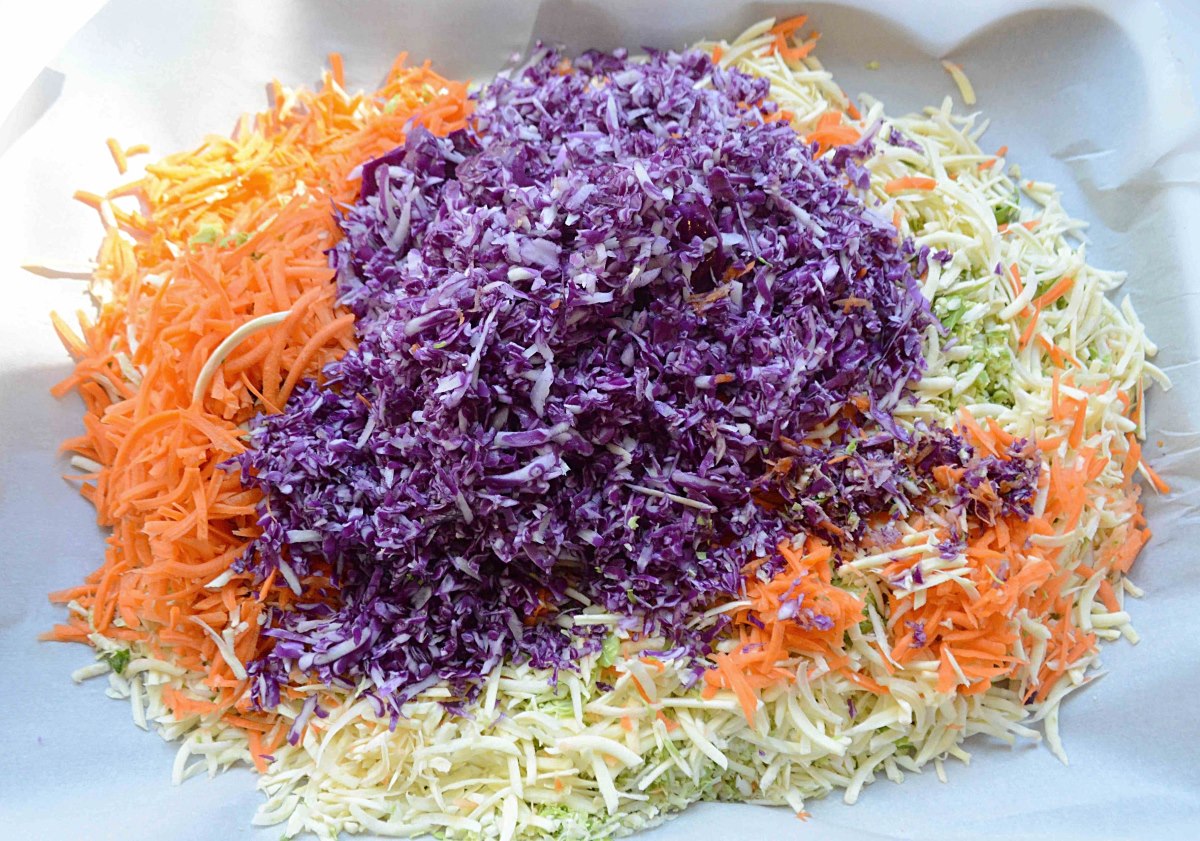Preserving Thistle: A Guide to Pickling
Thistle is a unique and versatile ingredient that can add a delightful tangy flavor to your dishes. If you have an abundance of thistle and are looking for a way to preserve it for future use, pickling is an excellent option. Pickled thistle can be used in salads, sandwiches, or enjoyed on its own as a tasty snack. In this guide, we will walk you through the process of pickling thistle so that you can enjoy its delicious flavor all year round.
Choosing the Right Thistle
When it comes to pickling thistle, it’s important to select the right kind of thistle. Look for young, tender thistle stems that are free from blemishes and have a vibrant green color. Avoid thistle that is woody or tough, as it may not pickle well.
Preparing the Thistle
Before you can start the pickling process, you’ll need to prepare the thistle. Begin by washing the thistle thoroughly to remove any dirt or debris. Then, trim off the thistle spines and cut the stems into manageable pieces. Blanching the thistle in boiling water for a few minutes can help to soften it and make it more suitable for pickling.
Creating the Pickling Solution
The next step in pickling thistle is to prepare the pickling solution. This typically involves combining vinegar, water, salt, and sugar in a pot and bringing the mixture to a boil. You can also add flavorings such as garlic, dill, or peppercorns to infuse the pickling solution with additional taste.
Pickling the Thistle
Once the pickling solution is ready, pack the prepared thistle into clean, sterilized jars. Pour the hot pickling solution over the thistle, ensuring that the thistle is fully submerged. Seal the jars tightly and allow them to cool to room temperature before transferring them to the refrigerator.
Letting the Flavors Develop
After pickling the thistle, it’s important to allow the flavors to develop over time. Store the jars of pickled thistle in the refrigerator for at least a week before consuming to allow the flavors to meld and intensify. Pickled thistle can be stored in the refrigerator for several months, allowing you to enjoy its delicious flavor whenever you like.
Ways to Enjoy Pickled Thistle
Pickled thistle can be enjoyed in a variety of ways. Add it to salads for a pop of tangy flavor, use it as a topping for sandwiches or burgers, or serve it alongside charcuterie and cheese for a delightful appetizer. Get creative and experiment with different ways to incorporate pickled thistle into your meals.
Now that you know how to pickle thistle, you can make the most of this unique ingredient and enjoy its delicious flavor throughout the year. Whether you have an abundance of thistle from your garden or simply want to try something new, pickling thistle is a simple and rewarding way to preserve this versatile ingredient.
For anyone looking to experiment with pickled thistle, there is a range of recipes that can transform this unique ingredient into delightful dishes. Readers can start with the Pickled Thistle and Goat Cheese Salad, which combines the tangy pickled thistle with creamy goat cheese for a refreshing appetizer. Those craving something hearty might enjoy the Pickled Thistle and Roasted Beef Burger, where the pickled thistle adds a zesty crunch to the savory beef. For a lighter option, the Pickled Thistle and Quinoa Salad pairs well with the nutty quinoa, creating a nutritious and satisfying meal. Another standout is the Pickled Thistle and Smoked Salmon Bagel, where the pickled thistle adds a bright, acidic contrast to the rich smoked salmon. Lastly, the Pickled Thistle and Fresh Herb Pasta offers a sophisticated yet simple dish, where the pickled thistle's unique flavor melds beautifully with fresh herbs and al dente pasta. These recipes will give readers a practical and tasty way to use pickled thistle in their kitchen adventures.
Was this page helpful?
Read Next: How To Pickle Crab
